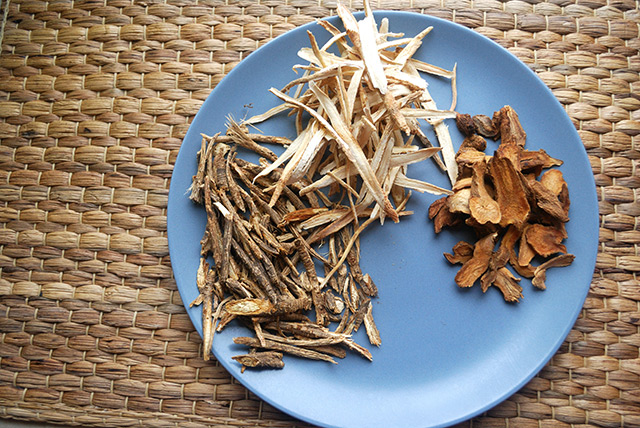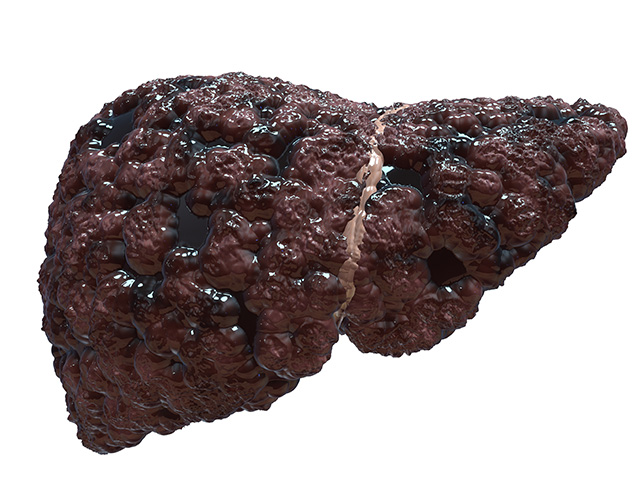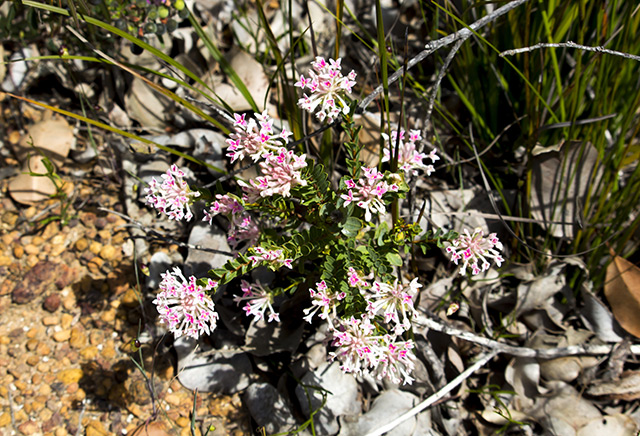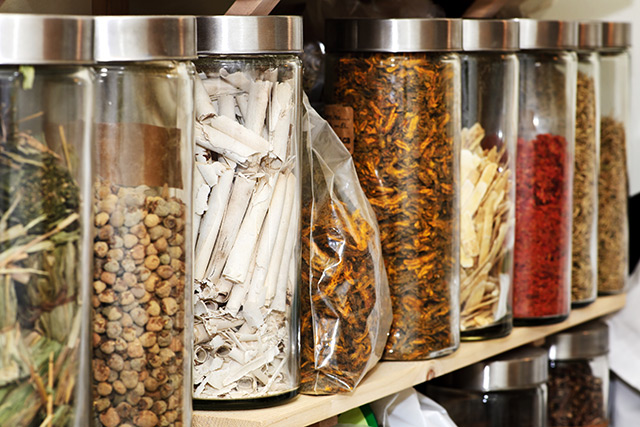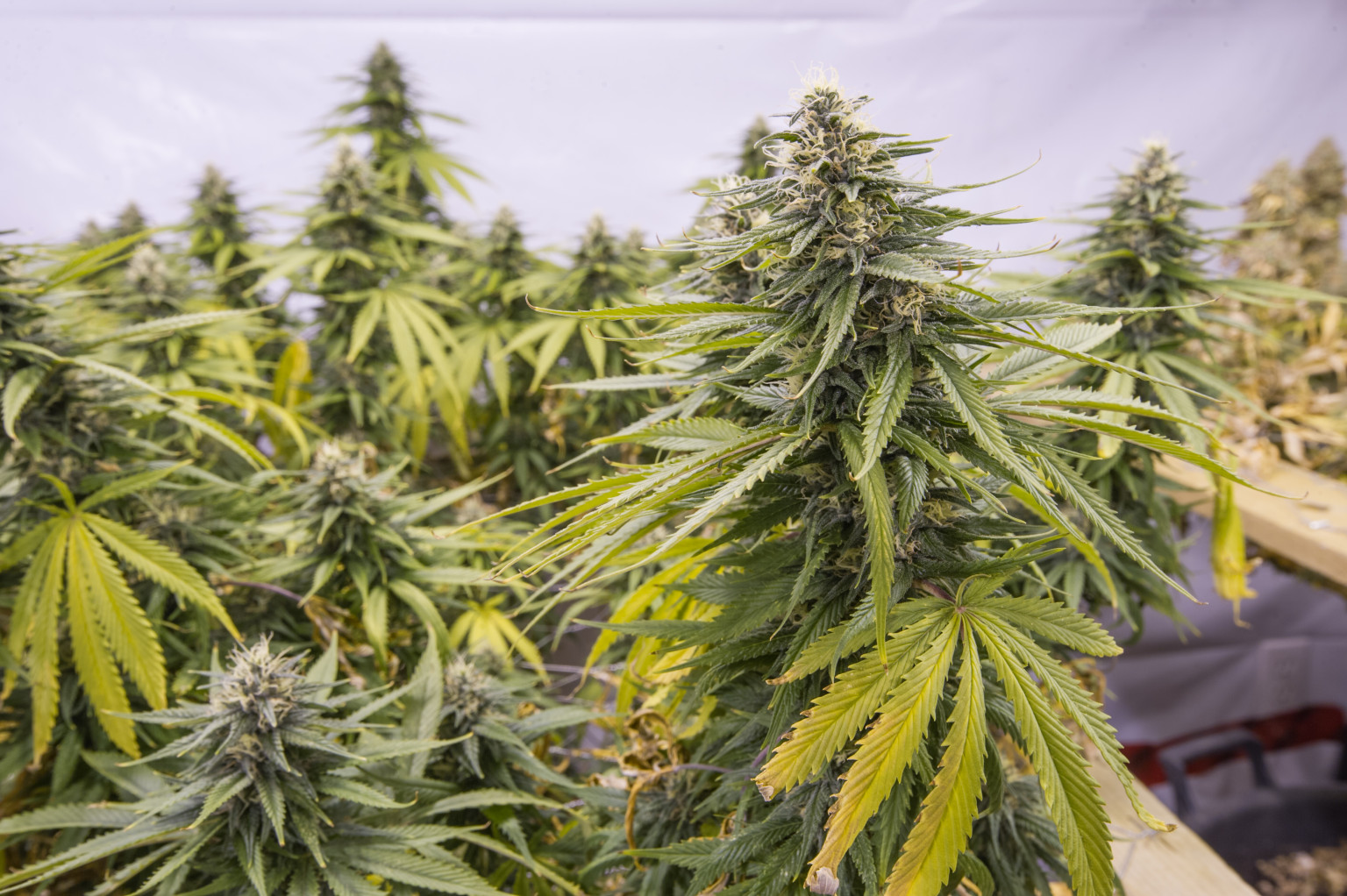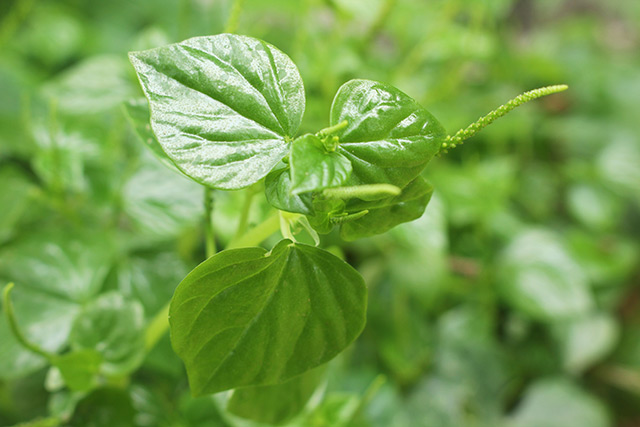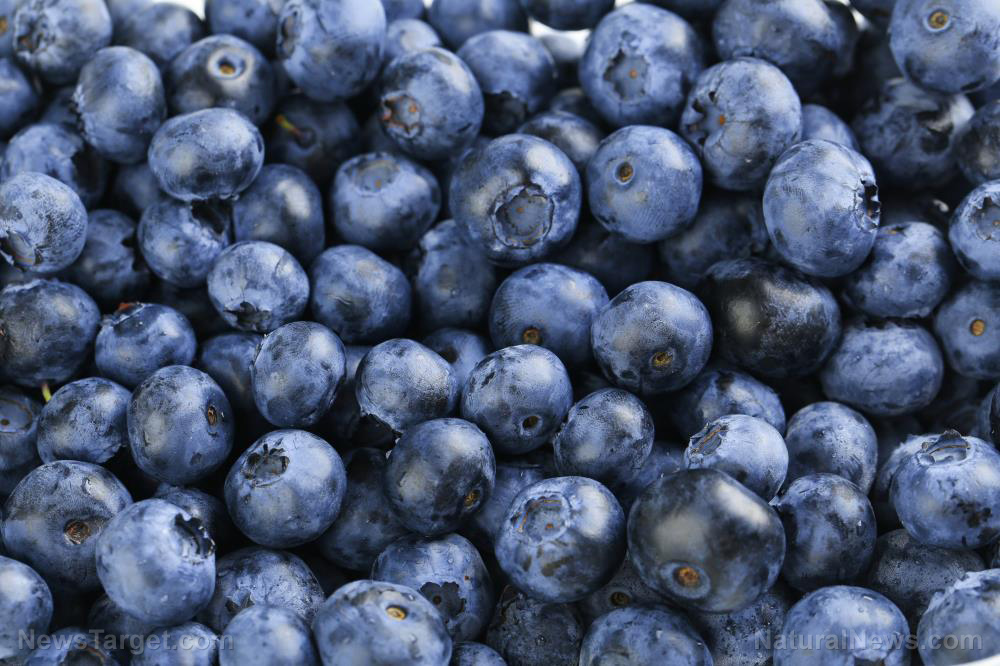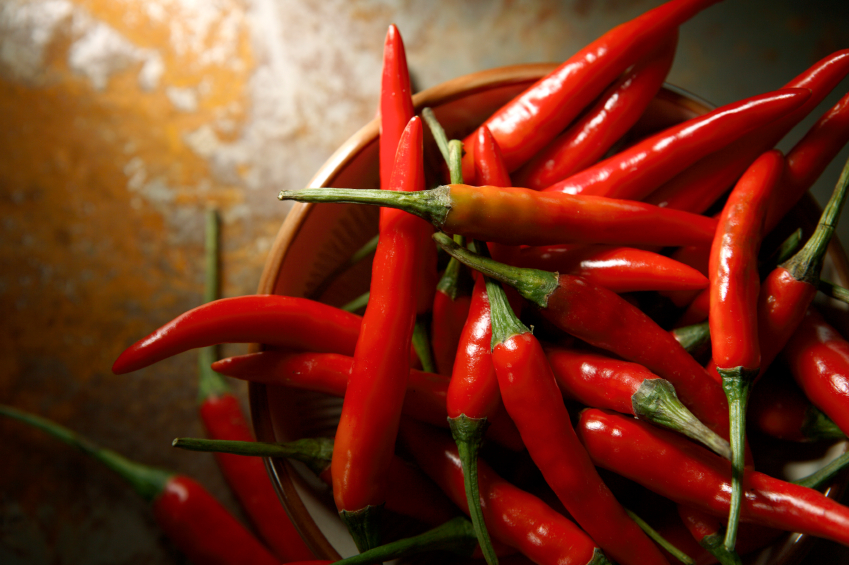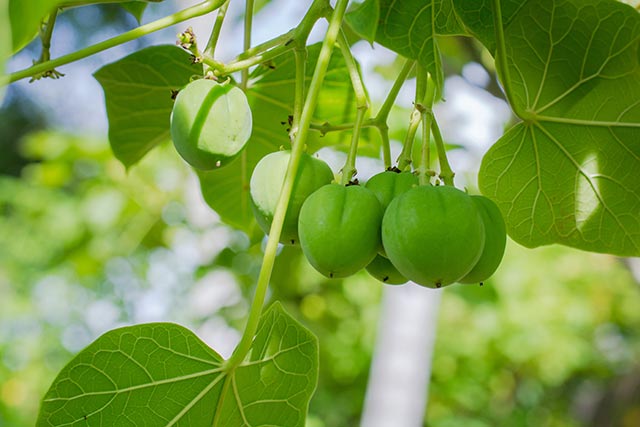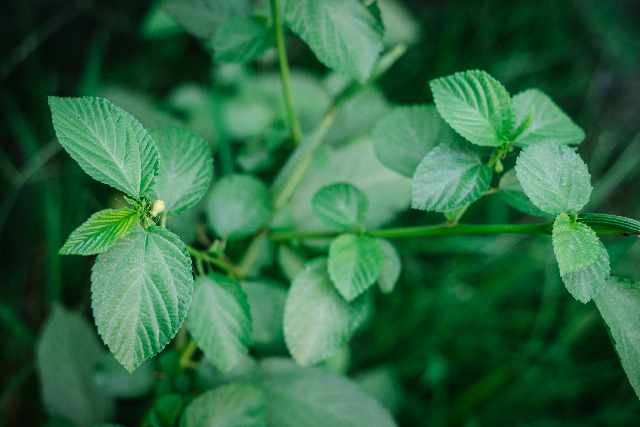These backyard plants pack a lot of nutritional properties as well as medicinal benefits
10/10/2018 / By Zoey Sky

Aside from warmer weather and blooming flowers, spring is also accompanied by the growth of weeds that may take over your backyard. But before you start eliminating these backyard plants, here are 1o edible and medicinal weeds that you may want to keep around. (h/t to Survivopedia.com)
- Chickweed (Stellaria media) – Chickweed, which has heavy seed sets, can be hard to eliminate. This weed is identified by fine hairs on only one side of its stem, in a single band and on its sepals. Chickweed is a nutritious leafy green, often used raw and added to salads. Chickweed flowers and leaves can also be used in soups and stews. This plant is full of iron and it can help cure or treat arthritis, bronchitis, menstrual pain, rheumatism, and skin diseases. Use fresh chickweed leaves to make a tea that can be used for weight loss.
- Dandelion (Taraxacum officinale) – Dandelions are a common backyard plant and spring edible. You can use dandelion leaves for salads, soups, and tea. Dandelion flowers can also be used to make sweet dandelion syrup. When roasted, dandelion root can be used as a coffee substitute. Additionally, dandelion can be used to treat acne and muscle aches and pains. Dandelion can also be used to treat liver and urinary disorders.
- Field mustard (Brassica rapa) – Field mustard leaves are edible and often used in salads. The leaves taste similar to cabbage, while the roots, which are grated in salads, taste like radish. Field mustard can help ease the symptoms of different types of cancer when used in decoctions.
- Garlic mustard (Alliaria petiolata) – During spring and autumn, garlic mustard roots can be used to make spicy mustard. While its leaves turn bitter in the summer, you can eat them when the weather is cooler. Use garlic mustard flowers when making salads. The plant’s fruits and seeds can also be used to season various dishes. Medicinally, garlic mustard can be used as a disinfectant and a diuretic. It can even hasten wound healing.
- Lemon balm (Melissa officinalis) – Lemon balm flowers can be eaten raw while its leaves can be eaten raw or cooked. Lemon balm is used to flavor ice cream. The plant’s leaves can be turned into a tea that can ease health conditions concerning the gastrointestinal tract, the liver, and the nervous system.
- Lesser celandine (Ficaria verna) – Commonly found on wet sandy soils in open areas or shaded woodlands, lesser celandine is a great source of vitamin C. However, you need to dry or cook it before it flowers because the plant has a toxic compound that is destroyed by heat. A raw leaf ointment made from the plant can treat hemorrhoids. It can also treat scurvy. Dried lesser celandine leaves can be used to make teas with antispasmodic and analgesic properties. (Related: Eat them instead! Those weeds growing in your garden are actually edible (and good for you, too).)
- Lungwort (Pulmonaria officinalis) – Lungwort leaves can be eaten raw in salads or cooked, or they can be used to make teas or tinctures. Lungwort can help treat chest diseases and asthma. Additionally, lungwort can heal wounds when applied to the skin.
- Stinging nettle (Urtica dioica) – Stinging nettle contains calcium, iron, potassium, and vitamins A and C. Just make sure you cook it first to remove the stinging chemicals. Harvest stinging nettle before its flowering and seed-setting season because after this stage, the plant will have substances that will irritate the urinary tract. Stinging nettle can be used to make pesto, polenta, purees, or soups. Stinging nettle can also be used to make a tea that can heal the kidneys and the gastrointestinal tract.
- Violets (Viola odorata) – Violet leaves have a mild flavor and can be eaten raw or cooked. The flowers are flavored and a bit tart, but they can be used as food decoration. The flowers of this plant can be used as poultry stuffing while the essence of violet flowers is used to flavor desserts like creams and soufflés.
- Wild garlic (Allium ursinum) – Wild garlic, the wild relative of chive, has very flavorful leaves. Use wild garlic leaves in pesto, salads, or soups. Wild garlic bulbs, flowers, and stems can be used to prepare herbed cheese. Feed some wild garlic to cows if you want to have milk with a slight garlic aroma that’s perfect for savory butter.
Check the plants in your garden twice before you start weeding. You may have a treasure trove of edible backyard plants with health and nutritional benefits.
Sources include:
Tagged Under: Chickweed, Dandelion, edible weeds, food supply, foraging, gardening, Herbs, home garden, Homestead, homesteading, off grid, organics, plant cures, preparedness, prepper, prepping, Stinging Nettle, survival, sustainable living, wild garlic

